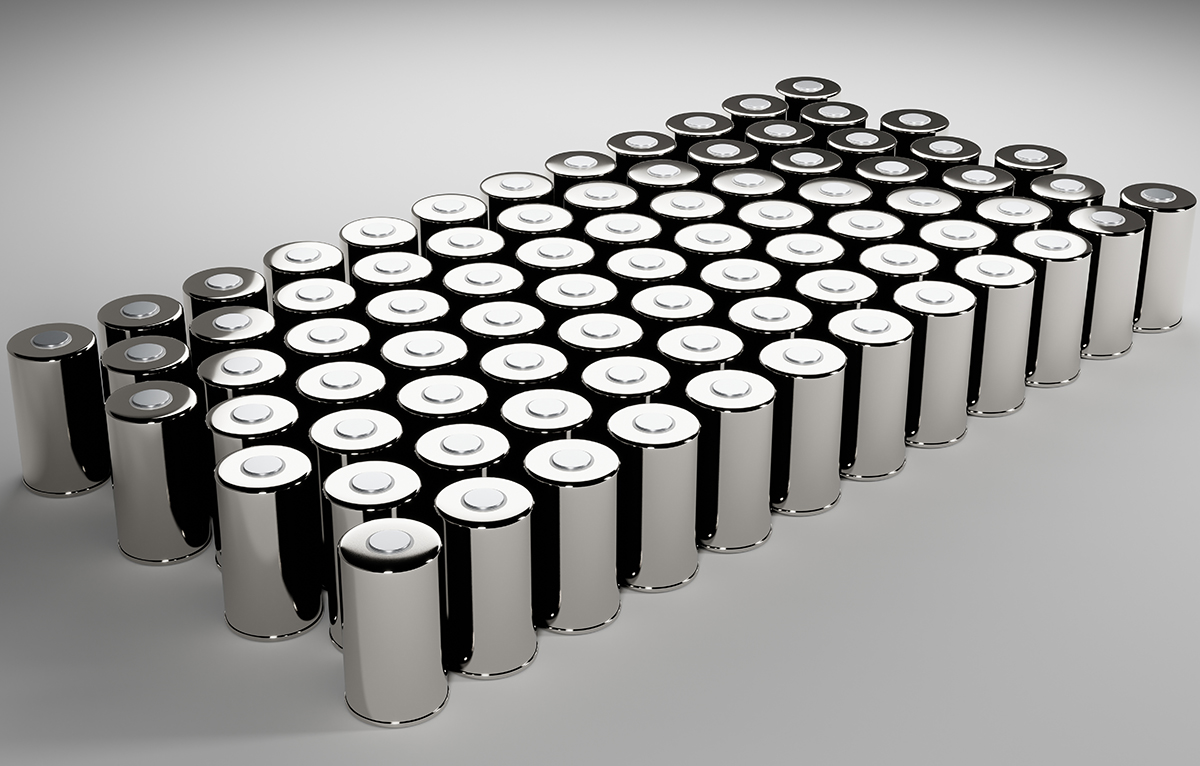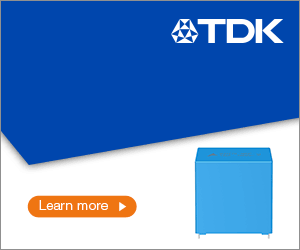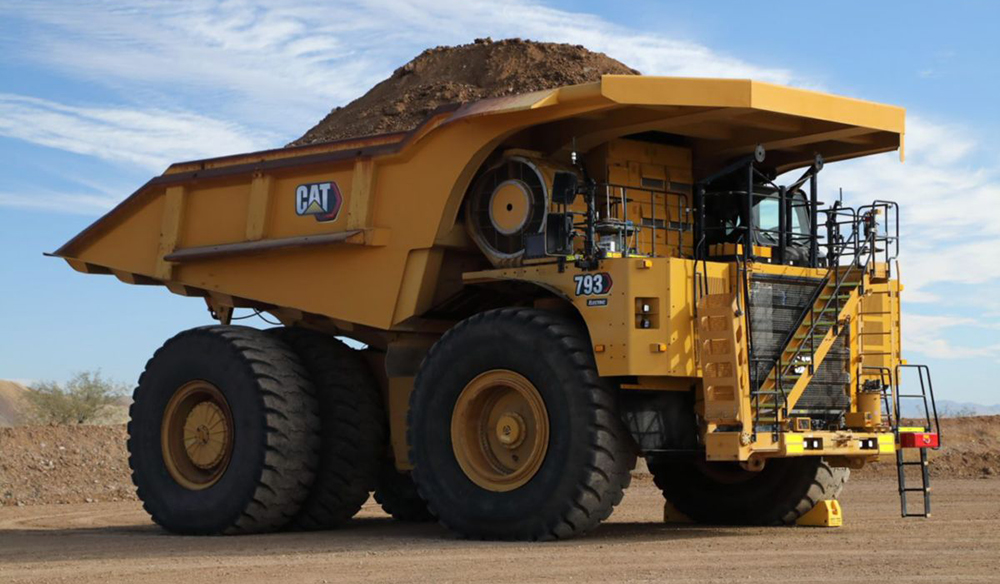[ad_1]
Lithium-ion battery prices have been dropping for so long that industry players and pundits tend to factor ever-cheaper cells into their predictions, and many have made (dubious) comparisons to Moore’s Law, one of the core tenets of the computer industry.
Now, thanks to rising raw material and battery component prices, along with more general inflation, battery pack prices have logged their first increase since BloombergNEF began following the market in 2010.
“After more than a decade of declines, volume-weighted average prices for lithium-ion battery packs across all sectors have increased to $151/kWh in 2022, a 7% rise from last year in real terms,” says BNEF.
These figures represent an average across several battery applications, including different types of electrified vehicles as well as stationary storage systems. The good news (for EV buyers) is that prices for packs used in battery-electric vehicles were slightly lower: $138/kWh.
Also interesting to note: at the cell level, prices were $115/kWh, meaning that cell costs represented 83% of pack-level prices. Over the last three years, the cell-to-pack cost ratio has diverged from the traditional 70:30 split, according to Bloomberg. Among other reasons, innovations in pack design, such as the introduction of cell-to-pack tech, have helped to reduce costs at the pack level.
The results from @BloombergNEF‘s 2022 lithium-ion battery price survey are out. In 2022, observed pack prices increased for the first time to an average of $151/kWh. This is a 7% increase from last year in real terms, the first one since we’ve been tracking the market in 2010.⬇️ pic.twitter.com/bs3KsCx8y1
— Evelina Stoikou (@EvelinaStoikou) December 6, 2022
There’s been much discussion in the industry of late about LFP, a cathode chemistry that offers lower costs than the previously-favored NMC chemistry. According to BNEF, pack prices would have risen even more in 2022 if it hadn’t been for the trend toward LFP. On average, LFP cells are around 20% cheaper than NMC cells, although they have also “felt the bite of rising costs throughout the supply chain.” Prices for LFP-based packs rose 27% in 2022.
“Raw material and component price increases have been the biggest contributors to the higher cell prices observed in 2022,” said BNEF Energy Storage Associate Evelina Stoikou. “Amidst these price increases for battery metals, large battery manufacturers and automakers have turned to more aggressive strategies to hedge against volatility, including direct investments in mining and refining projects.”
BNEF expects average pack costs to stay high in 2023, but sees a return to falling prices in 2024, as more lithium extraction and refining capacity comes online. BNEF’s 2022 Battery Price Survey predicts that pack prices should reach the “magic number” of $100/kWh by 2026, about two years later than previously expected.
BloombergNEF also expects next-gen technologies, such as silicon and lithium metal anodes, solid-state electrolytes and new cathode material and cell manufacturing processes, to “play an important role in enabling further price reductions.”
Battery demand continues to soar, says Yayoi Sekine, Head of Energy Storage at BNEF. “Demand will reach 603 GWh in 2022, which is almost double that in 2021. Scaling up supply at that rate of growth is a real challenge for the industry, but investment in the sector is also rising rapidly and technology innovation is not slowing down.”
Source: BloombergNEF
[ad_2]
Source link





